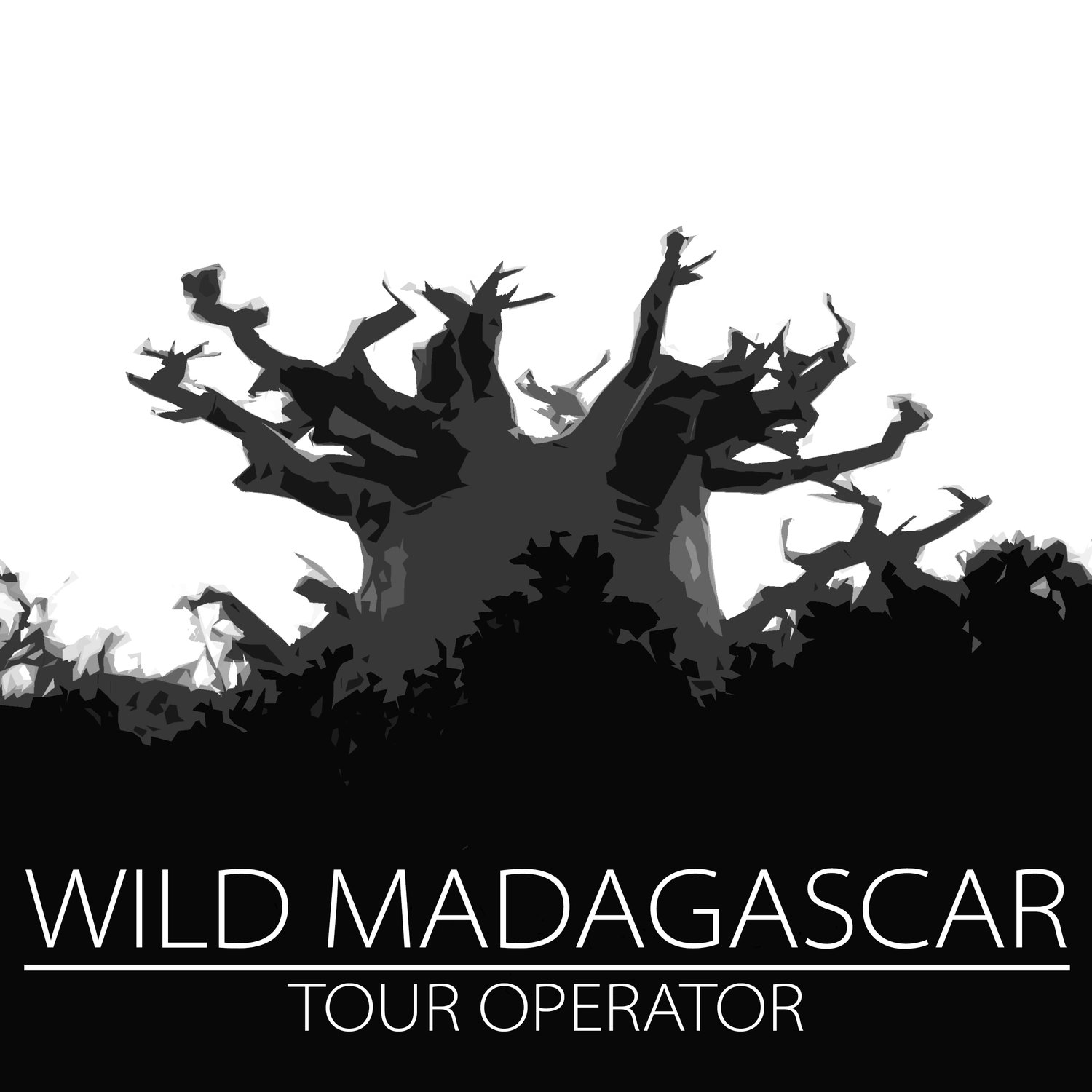Reserve De Ressources Naturelles de Maromizaha
The Reserve de Ressources Naturelles de Maromizaha is a natural reserve managed by GERP - Groupe d’Etude et de Recherche sur les Primates de Madagascar - situated on the RN2 which connects the capital Antananarivo to the main port of Madagascar, Toamasina, on the East coast. The main office and one of the two main entrances to the reserve is located at the village of Anevoka seven kilometres away from the crossroad to the special reserve of Analamazaotra, thus some 144 km away from Antananarivo.
The reserve of Maromizaha comprehends medium altitude moist evergreen forest and secondary vegetation the latter markedly in the northern outskirt of the reserve. The core of the reserve is luxuriant with vines, mosses, lichens, orchids, palms, pandanus, tree ferns and dragon trees. As consequence of a closed canopy, the understory is thinly scattered exposing to visitors buttress and stilt roots distinctive to plants adapted to humid zones, the reserve of Maromizaha is indeed subject to an average of 1711 mm of rainfall, data collected from 1981 to 2017.
The fauna of the reserve of Maromizaha is notable and comprises amphibians, 60 species (A.P. Raselimanana, M. Vences & F. Glaw) all endemic of Madagascar, small mammals, lemurs, 12 species (A.B. Ryland’s, S.M. Goodman, E.E. Louis, Jr.) all endemic and birds, 93 species (S.M. Goodman, M.J. Raherilalao). Maromizaha is equivalent to Analamazaotra-Mantadia national park in its richness in lemurs amongst which the endangered diurnal species Indri indri, Diademed Sifaka, and the critically endangered Black and White Ruffed Lemurs. The richness of the avifauna will enchant bird watchers with species relatively unique to the reserve of Maromizaha of which we can name amongst other ninety species Mesitornis unicolor, Brachypteracias leptosomus and Newtonia fanovanae.
Located in the central highlands of Madagascar in elevation varying from 751 and 1250 m, hikes within the reserve of Maromizaha will unfold intermittently on level and hilly terrain mostly off the tracks in an attempt for visitors to approach wildlife for the sake of photography and observation, a permanent challenge in tropical forest with closed canopy. Several hours of hike preferably carried out mornings await the visitor whose best allies are perseverance and patience in an environment echoing songs, shrieks and calls.




